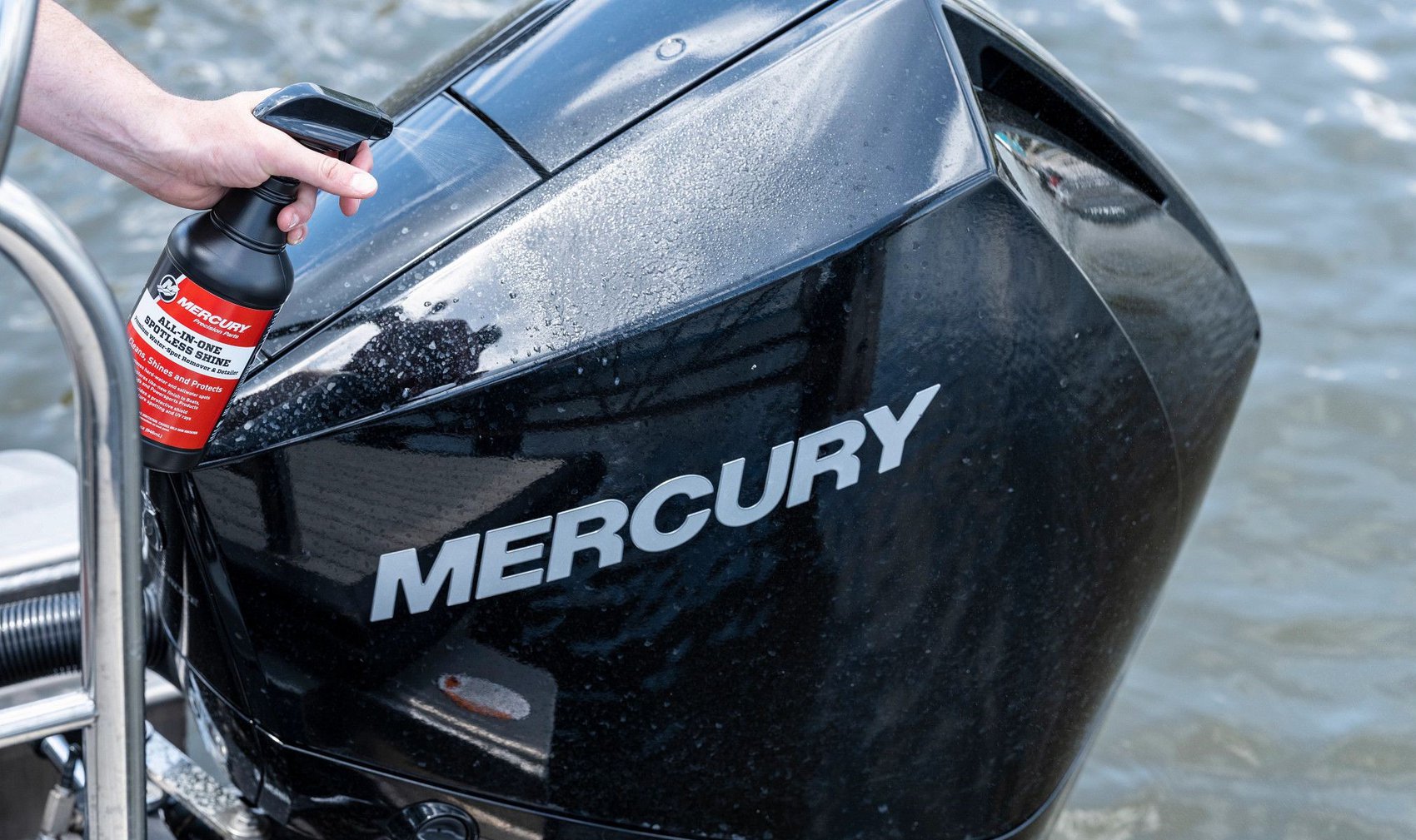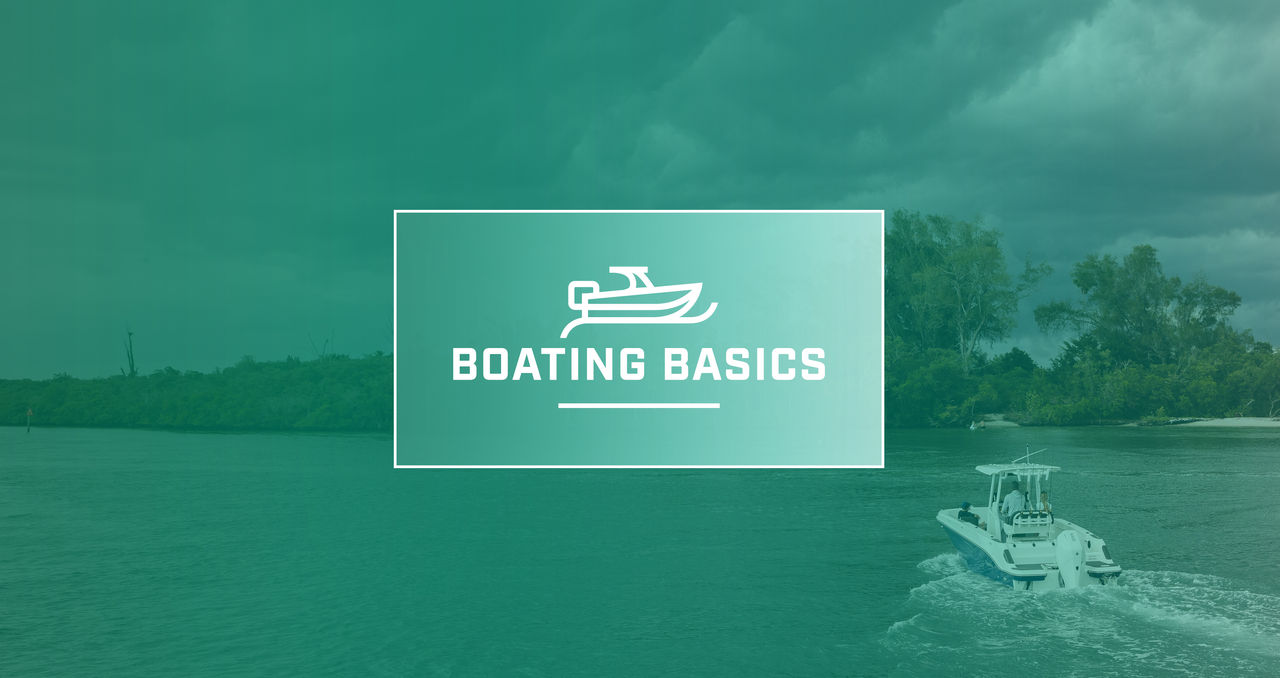If you are new to boating, the “Boating Basics” series of videos from Mercury Marine provides an engaging, educational guide to our favorite pastime that will help you gain confidence on the water. Even if you are an experienced boater, you might pick up a few tips!
“When in doubt, don’t go out.”
When it comes to the weather, that is the saying recreational boaters should live by. No matter how much you were anticipating spending a day on the water, if the forecast is for high winds or thunderstorms, it’s wiser to stay in port and wait for a better day.
As you gain experience with boating in your area, you will develop the skill and confidence to handle a wider variety of conditions, particularly where wind is concerned. But no matter how much time you’ve put in at the helm of a boat, it’s essential to listen to the weather forecast and stay home if the conditions may be dangerous.
Start checking the weather forecast the day before you plan to go boating, as well as that morning before you head out. In many waterside communities, the radio and TV stations will broadcast a boating forecast in addition to the normal weather updates. When you are out on your boat, continue to monitor the marine forecast on the VHF radio, then be sure to “keep a weather eye” on the horizon so you are aware of gathering clouds, rain and other changes.
For more advice, check out the videos below, and review these weather preparedness tips from our friends at the BoatUS Foundation.
Effects of Wind
Just because the sun is out doesn’t mean boating conditions will be optimal. Strong winds also have a significant impact on the water. In weather reports and marine forecasts, wind typically is described by the direction it is coming from. For example, a north wind comes from the north and blows southward, etc.
If you are cruising within sight of land, you often can avoid the worst effects of high winds by staying close to the “leeward” shore. When the wind blows across a land mass, the land will block most of the breeze and shelter the waters nearest to the shoreline. This is referred to as the leeward shore, where you will find the calmest, smoothest water for boating. Since the breeze is blowing away from the shoreline, it often is described as an “offshore” wind.
By contrast, the shoreline that is receiving the full brunt of the wind is called the “windward” shore, and the wind itself that is blowing toward the land is an “onshore” breeze. The windward shore will have the roughest water conditions, especially in a large body of water where the wind has a long distance, or “fetch,” to blow without obstruction, building water up into the largest waves.
In narrow channels and rivers, if the wind is blowing across the waterway, there usually is not enough fetch for it to have an impact. But if the wind is blowing straight down the waterway, it can create rough conditions. If the wind is blowing against the current, it can cause even larger waves to build up, potentially creating a dangerous situation for boaters.
As we mentioned earlier, the best course of action is to check the local boating forecast before heading out on the water. If there is a “small craft advisory,” which is issued by the National Weather Service, or a “lake wind advisory” issued by local authorities for inland lakes, the best course of action is to stay home and wait for a better day to go boating.
If you do find yourself in a situation where you have to deal with heavy waves and can’t avoid them, keep your hand on the throttle, and change your speed to keep your boat as secure and comfortable as possible. Though it may seem safest to tackle waves head on, it often results in a rougher ride, and may risk dipping your bow into the following waves. In tougher conditions, consider aligning your boat to the waves at more of a 45-degree angle off the bow or stern. You’ll rock and roll a little more from side to side, but you’ll alleviate much of the jarring and impact.
Coastal Waters
In coastal waters, tides play a role with the water conditions as well. An incoming tide will raise water levels throughout the region. An outgoing tide, on the other hand, will lower the water level and can expose shoals and sandbars you will need to avoid. Some shallow channels may even become impassable. Always check the tide tables before you set out in coastal areas.
When you head offshore or out into a large body of water, be prepared for larger swells, especially when it’s windy. Some of the largest waves can form along the beach or on sandbars where the water is shallow. Be extra cautious when entering or exiting an inlet, where the force of wind, waves, tides and shallow water can act together to create tricky, rough and sometimes dangerous conditions, especially during an outgoing tide. The first time you transit an inlet, it’s a good idea to bring along an experienced captain with local knowledge of the area.
Short-Term Weather Conditions
Bad weather does not always mean you have to cancel boating plans entirely, however. For example, if you wake up to dense morning fog, you may only need to wait a few hours for it to clear up. While it’s important to stay off the water during lightning storms, they also may dissipate after an hour or two. Staying on top of the forecast and knowing the weather patterns for your area can help you to make a good judgment call about whether to set out. Don’t forget, “When in doubt, don’t go out.”
As you accumulate more time and experience in boating, you will gain the skill and experience to handle less-than-ideal conditions on the water. However, if you decide to wait for a better day, you will ensure you have the best possible time on the water and make memories that will last forever.




